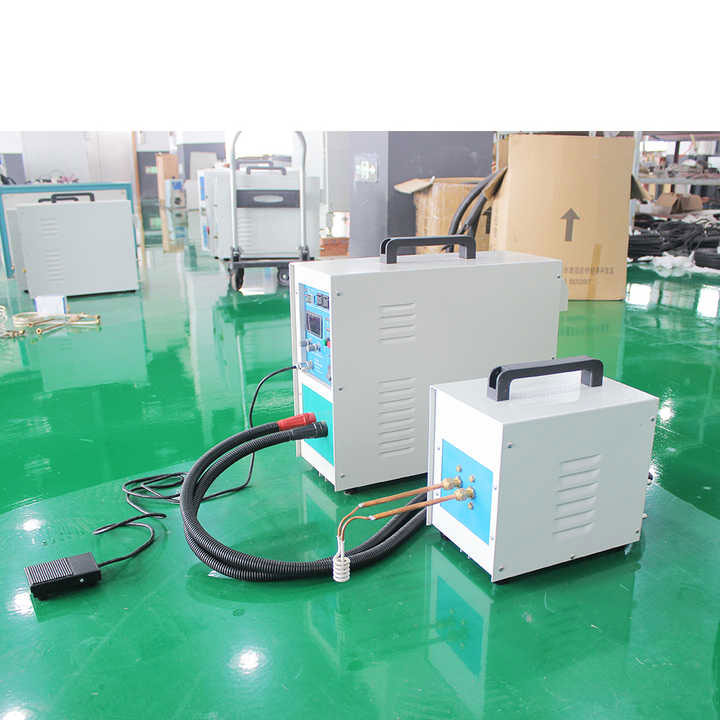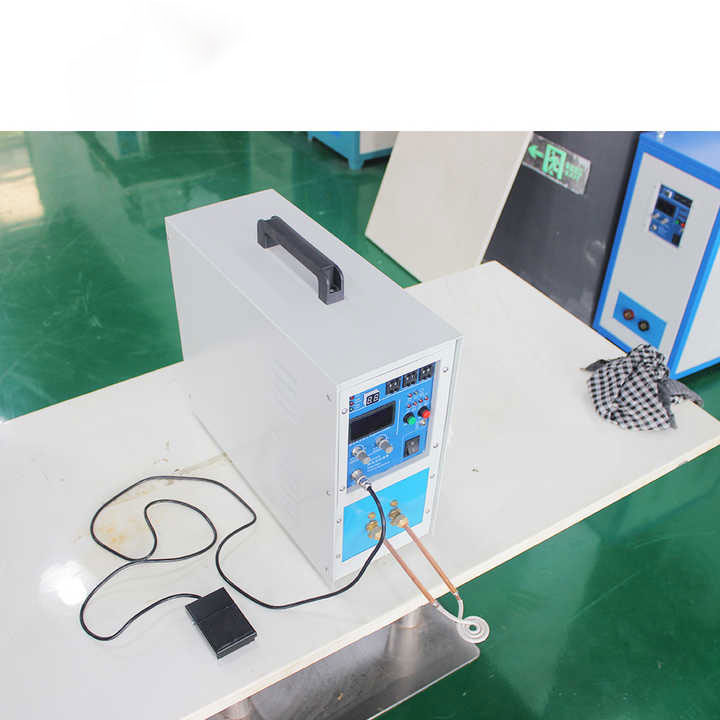silver ore refining process
Silver Ore Refining Process Extracting Pure Silver from Raw Materials
Silver is a highly valuable metal with various industrial, commercial, and investment uses. To be used effectively, silver must undergo a refining process to extract it from the raw ore. The silver ore refining process is essential in transforming mined ore into a high-purity metal ready for use in jewelry, electronics, and coinage.
What is the Silver Ore Refining Process?
The silver ore refining process involves several stages that work together to separate silver from its surrounding minerals. Silver is rarely found in its pure form in nature. Instead, it is mixed with other metals and minerals, such as lead, copper, and zinc. Refining is necessary to purify the silver and remove these unwanted elements.
This process can be completed using several methods, each suitable for different types of ore and levels of purity required. Understanding the silver ore refining process is key to producing high-quality silver that meets industry standards.
Smelting: A Traditional Silver Ore Refining Process
One of the oldest methods of refining silver is smelting, which uses heat to extract silver from its ore. In this method, the silver ore is heated in a furnace to high temperatures. During this process, the silver separates from other minerals and sinks to the bottom of the furnace, while impurities float to the top as slag.
Smelting is an efficient way to refine silver ore when dealing with high-quality ores that contain a large percentage of silver. While it is a traditional method, smelting is still widely used in modern refining due to its ability to handle large quantities of ore. However, it may not achieve the highest level of purity, so further refining steps may be needed.
Chemical Leaching: A Modern Silver Ore Refining Process
For lower-grade ores or when higher purity is required, chemical leaching is a more effective method. In this silver ore refining process, chemicals like cyanide are used to dissolve the silver from the ore. The silver is then recovered from the solution using precipitation or filtration techniques.
This method is highly efficient, especially for ores with a lower silver content. The chemicals used can pose environmental risks, so careful management is essential to minimize waste and pollution. Despite these challenges, chemical leaching remains a popular method for refining silver ore in large-scale mining operations.
Electrolytic Refining: Achieving High Purity Silver
Electrolytic refining is a process used to achieve extremely high levels of silver purity. In this method, an impure silver anode is placed in an electrolytic cell filled with a silver nitrate solution. As electricity is passed through the solution, pure silver is deposited on a cathode, while impurities remain in the solution or fall away as sludge.
Electrolytic refining is widely used when silver purity is critical, such as in the production of electronic components or high-end jewelry. This method can achieve purity levels of 99.9% or higher, making it one of the most effective silver ore refining processes available.
Advantages of the Silver Ore Refining Process
The silver ore refining process plays a crucial role in various industries. High-purity silver is essential for manufacturing reliable electronic products, investment bullion, and fine jewelry. The benefits of refining silver ore include:
- Increased purity: Refining processes can achieve purity levels of 99.9% or higher, which is necessary for specific applications.
- Waste reduction: Refining silver ore recovers valuable silver from scrap or low-grade ores that would otherwise be discarded.
- Improved durability: Refined silver is more resistant to corrosion and tarnishing, making it ideal for products that require long-lasting quality.
The choice of refining method depends on the type of ore, the desired purity, and the scale of production.
Environmental Considerations in the Silver Ore Refining Process
While refining silver ore is essential for producing high-quality silver, the process can have significant environmental impacts. Smelting and chemical leaching both produce waste materials that can harm the environment if not managed properly.
Refiners must take steps to reduce emissions, minimize chemical waste, and recycle materials when possible. Advances in refining technology are helping to make the silver ore refining process more sustainable by lowering energy consumption and reducing harmful byproducts.


Challenges in Silver Ore Refining
Despite its importance, the silver ore refining process faces several challenges. Refiners must carefully balance the need for high-purity silver with the environmental and financial costs of refining. Achieving extremely high purity often requires multiple refining cycles, which can be time-consuming and expensive.
Additionally, the quality of silver ore can vary significantly, which affects the refining process. Some ores may contain high levels of impurities, making them more difficult to refine, while others may have lower silver content, requiring more intensive refining processes to recover usable silver.
Innovations in the Silver Ore Refining Process
As the demand for silver continues to grow, innovations in the silver ore refining process are helping to improve efficiency and reduce environmental impacts. Some of these innovations include:
- Closed-loop systems: These systems recycle chemicals and water used during the refining process, reducing waste and minimizing environmental harm.
- Low-energy smelting: Advances in smelting technology are making the process more energy-efficient, lowering costs and emissions.
- Biotechnological refining: Research into using bacteria and other biological agents to aid in the refining process is showing promise as a more environmentally friendly approach to refining silver ore.
These innovations are essential to ensure the long-term sustainability of silver production while meeting the growing demand for high-purity silver.
The silver ore refining process is essential in transforming raw, mined silver ore into pure silver suitable for various industries. From traditional smelting techniques to modern chemical leaching and electrolytic refining, there are several methods available to refine silver ore depending on the desired purity and scale of production.
As technology continues to advance, new innovations are improving the efficiency and environmental impact of silver refining. Despite its challenges, the silver ore refining process remains a critical part of the global silver industry, ensuring a steady supply of high-quality silver for use in jewelry, electronics, and beyond.















